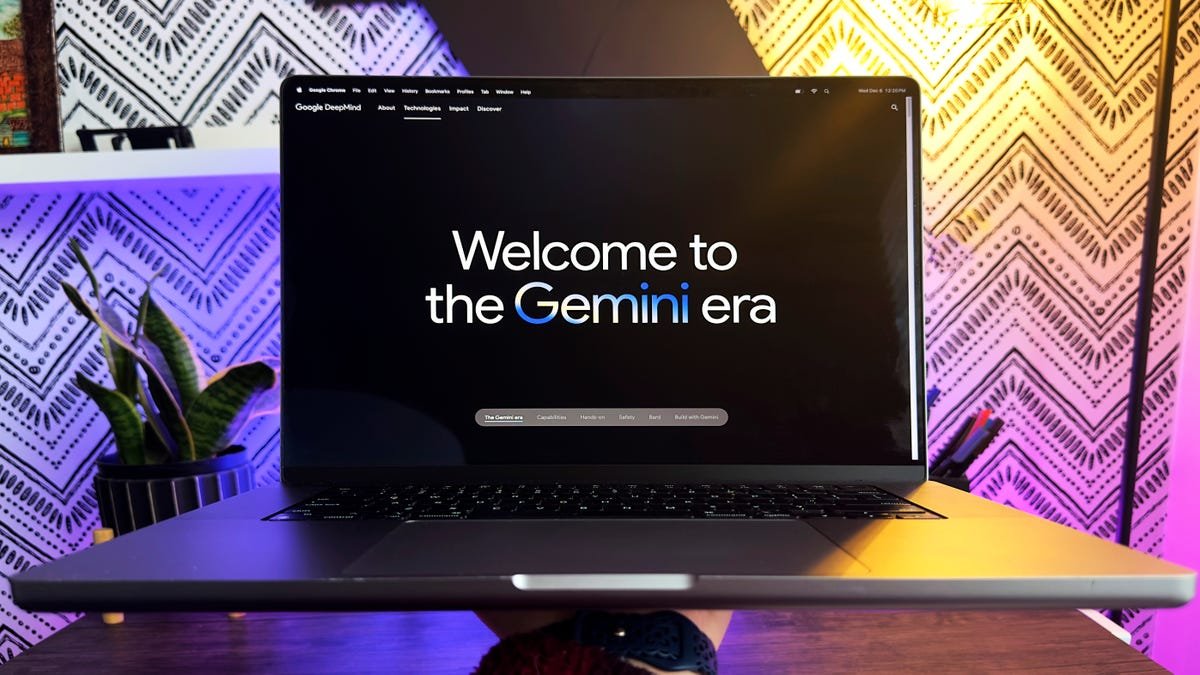AI Video Creation: Comparing OpenAI’s Sora Turbo and Google’s Veo 2
Introduction: The Revolution in Video Creation
The digital landscape is rapidly evolving, thanks to the burgeoning capabilities of AI. ChatGPT and other text-based AI tools have redefined how we create and engage with content. However, the narrative is shifting—AI is no longer confined to text. The rise of multimodal AI, capable of interpreting and generating various formats, is not just a trend; it’s a game changer.
Making Video Creation Affordable
In an era where creating high-quality videos used to demand hefty budgets and extensive resources, emerging technologies have democratized access to video production. Just a few lines of text can now generate videos that blur the line between reality and artificiality. With tools like text-to-video generators, anyone can produce convincing visuals, signaling a shift in what it means to be a creator.
The Titans of AI Video Editing: Sora Turbo and Veo 2
Among the myriad of AI-powered video editing tools, two giants have garnered significant attention: OpenAI’s Sora Turbo and Google DeepMind’s Veo 2. Since their launches in December 2024, discussions analyzing their features, efficacy, and potential have been ubiquitous in digital forums. This article aims to dissect these two cutting-edge tools to see how they stack up against one another.
Quality: The First Impressions Matter
One of the most notable aspects is the quality of output. Veo 2 has the upper hand when it comes to video resolution, generating 4K videos natively, as opposed to Sora Turbo, which maxes out at 1080p. For users of Sora, enhancing resolution will require uploading the output to a video enhancer, an extra step that might deter some users seeking efficiency.
Realism in Video Output
The realism of the video is another critical factor to consider. Veo 2 promises more lifelike visuals, focusing on accuracy and adherence to prompts. Google’s commitment to interpreting prompts with precision ensures that the resultant video closely aligns with the user’s intentions. Meanwhile, Sora Turbo can produce short videos lasting 20 seconds in various aspect ratios such as widescreen, vertical, or square, while Veo 2 can accommodate longer videos of several minutes.
User-Friendly Interfaces
OpenAI has made strides to enhance user experience with Sora. The recently unveiled dashboard allows users to provide prompts using text, images, and videos effortlessly. Sora also includes storyboarding tools equipped with templates to spark creativity, letting creators experiment with different styles frame by frame.
Advanced Understanding: Veo 2
Google’s Veo 2 takes user interaction to the next level, boasting a robust understanding of both simple and complex instructions. It demonstrates a superior grasp of real-world physics, offering realness and fidelity in outputs. Users can even communicate using cinematic terminology like "depth of field" and "tracking shot," allowing for a seamless video creation experience that meets professional standards.
Reducing Errors for Optimal Output
Google asserts that Veo 2 exhibits fewer "hallucinations," a term used to describe inaccuracies and generated nonsense in AI output. This reliability in producing realistic visuals makes Veo 2 a favored option among users, as indicated by comparative ratings against competitors like Meta Movie Gen, Kling v1.5, and Sora Turbo.
Accessibility and Cost Comparison
When it comes to availability, Sora is accessible to anyone subscribing to ChatGPT Plus at no extra fee. Users get permission to create up to fifty videos at a resolution of 480p or fewer videos at 720p each month. For $200 a month, users can upgrade to a pro plan in India, which may suit more demanding content creators.
On the other hand, Veo 2 is currently in the preview stage in select markets via Google Lab’s VideoFX, which is yet to roll out in India. Users wishing to explore Veo 2 must join a waitlist, potentially prolonging access for eager innovators.
Target Markets: Different Demographics
Analyzing their target audiences reveals stark contrasts. Google’s Veo 2 aims fundamentally at filmmakers, enterprises, and professionals who require high-quality video content. In contrast, OpenAI’s Sora Turbo seems to focus on everyday creators, students, and general audiences keen on exploring creative ventures.
Addressing Safety Concerns
The advent of powerful AI technologies brings with it serious safety concerns. Issues surrounding misinformation, misattribution, and deepfake videos have prompted both Sora and Veo 2 to impose certain restrictions during their rollouts. For instance, Sora is off-limits for users under the age of eighteen. Each tool incorporates mechanisms to trace generated outputs back to their origins, mitigating the risk of misuse. Sora uses C2PA metadata and applies visible watermarks, while Veo 2 employs SynthID watermarks, enabling easy identification of AI-generated content. Google’s built-in filters further address potential privacy, copyright, and bias risks.
Future Developments on the Horizon
Looking ahead, the future for both AI video editing platforms seems promising. Google has plans to integrate Veo 2 into YouTube Shorts by 2025, adding functionalities to handle complex scenes for greater consistency. As technological advancements continue to surge, ongoing developments from both OpenAI and Google will lead to further innovations.
The Creative Potential of AI
As AI technology continues to enhance its creative capabilities, the fundamental question transitions from "Can AI assist in content creation?" to "How far can AI go?" The emergence of AI-powered video editing heralds a future constrained only by human imagination.
Conclusion: Embracing AI for the Future of Video Content Creation
The rise of AI in video creation bridges the gap between creativity and technology, making high-quality content accessible to a broader audience. With tools like OpenAI’s Sora Turbo and Google’s Veo 2 paving the way for innovative and engaging video production, the possibilities are boundless. As we advance into this new era, it is clear that the only true limitations will be those of our own creativity and vision.
Author: Varun Krishnan







